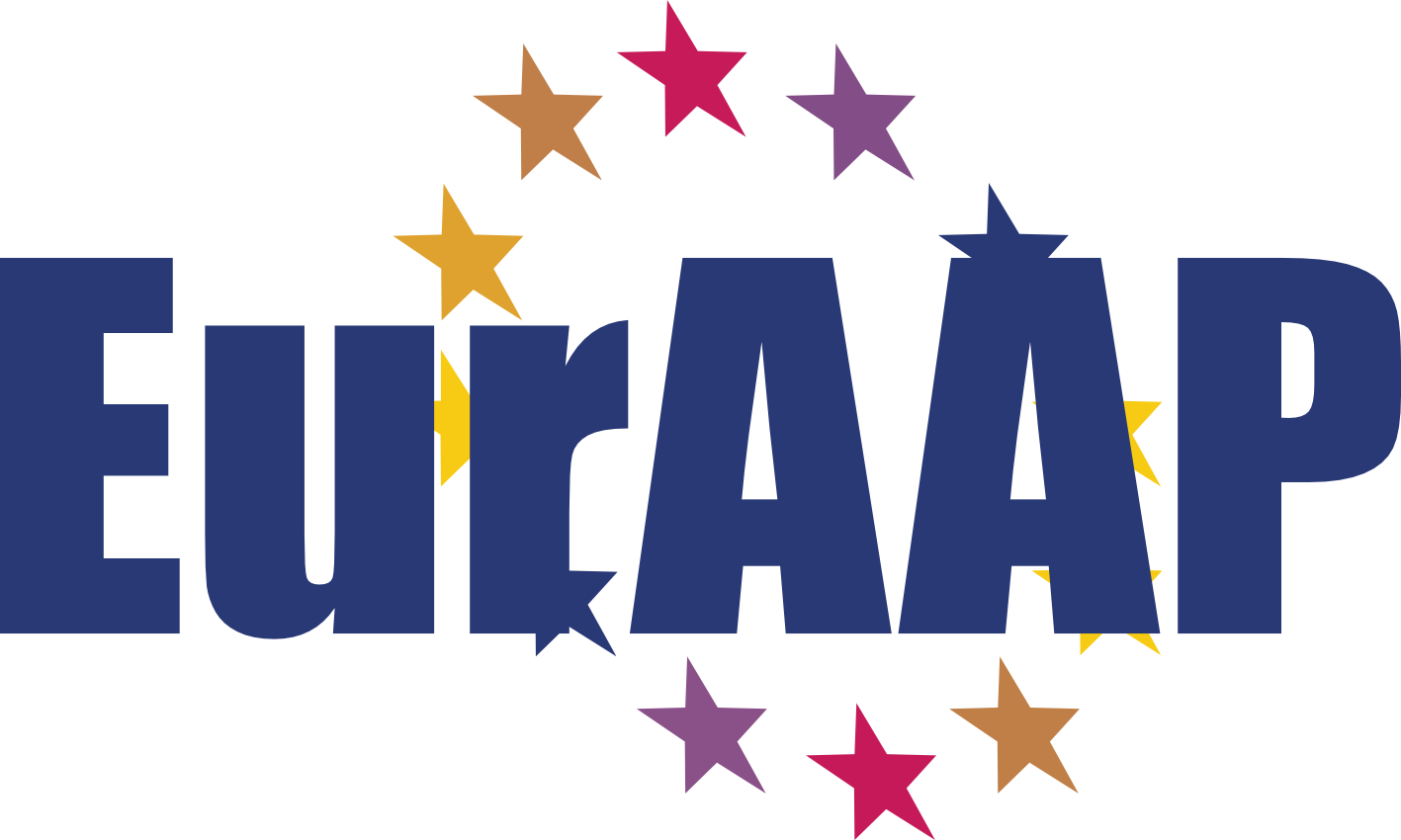SWS01: Advances in Commercial Electromagnetic Simulation Tools
Tuesday - 1:30-4:20pm
Context
Commercial EM Simulation tools such as HFSS, CST, FEKO, EMPIRE are widely used by the members of the EurAAP society. Over the past two decades these tools have matured to be reliable and accurate simulation tools. They are all striving to incorporate the latest developments in computational electromagnetics, such as GPU computing, Domain Decomposition (DD), and hybridization, to mention a few. Increasingly, these new developments are being researched and implemented directly by commercial vendors instead of universities. Technical team members of commercial vendors will present in this workshop latest advancements in their tools. The session will provide a forum to learn about new developments in commercial tools as well as their applications.
Antenna Design by Simulation with CST STUDIO SUITE 2017
Marc Rütschlin, Tilmann Wittig, CST Germany
Simulation has come to play an integral role in the entire design process for antennas. This talk will describe how recent innovations in CST STUDIO SUITE - tighter integration of the Antenna Magus antenna design tool, characteristic mode analysis, a dedicated multi-element antenna simulation capability, a hybridised circuit-electromagnetic simulation approach for matching and feeding, an efficient setup and hybrid simulation solution for antennas installed on different kinds of platforms, and multiphysics analysis - have combined to provide engineers with a full antenna design and diagnostic simulation environment, not simply an analysis tool.
Highly integrated antenna frontend design for Radar, SATCOM and 5G using EMPIRE XPU
Winfried Simon, Andreas Lauer, IMST GmbH, Germany
Highly integrated RF frontends are key components for K/Ka-band satellite communication, multimedia entertainment systems, radar systems, 5G mobile communication as well as 60 GHz broadband home access equipment and backbone networks. Designing such complex modules is a real challenge. An ideal solution for this demanding task is EMPIRE: a full wave 3D EM-field solver based on FDTD. Different RF frontend designs composed of not only a large number of antenna elements but also of complex multilayer feeds, RF-transitions, and power combiners will be presented. Also, it will be shown how to merge RF- and thermal characteristics of active RF-components in the 3D EM-simulation process.
Overview of Recent Advances in Electromagnetic Field Solver FEKO
Ulrich Jakobus, EMSS, South Africa
Advances in Electromagnetic Modelling Software for High-Gain Antennas and Electrically Large Platforms
Erik Jørgensen, Peter Meincke, Niels Vesterdal, Min Zhou, Oscar Borries, Ticra, Denmark
This talk discusses several new developments in the GRASP and POS software packages for analysis and design of electrically large antennas and platforms. The topics include an efficient algorithm for reflector antenna shaping and large-scale optimization of reflectarrays – the new algorithm is an order of magnitude faster than the previous software generation used throughout the satellite industry. Further topics include direct optimization of reflector and feed systems, by including the entire feed chain and multiple reflectors in a single hybrid model based on mode-matching, MoM/MLFMM, and PO/PTD algorithms. Finally, improvements of full-wave modelling of electrically large platforms are addressed.
Combining EM and circuit simulations in the design of tuneable and switchable matching circuits
Jussi Rahola, Optenni Ltd, Finland
Modern high-end mobile devices are increasingly using tunable or switchable matching circuits to meet the increasingly difficult requirements for the operating frequencies. In the presentation we will describe how this challenging design task can be solved through the joint optimization of the radiating antenna structure using the CST STUDIO SUITE 3D EM simulator and optimization of the tunable matching circuit in the Optenni Lab matching circuit optimization software. Optenni Lab provides automatic matching circuit synthesis and optimization capabilities which can be called from an optimization run or a parameter sweep in CST STUDIO SUITE.
Designing antennas for a location tracking system
Brian Woods, Antenna Magus, South Africa
Engineers are often faced with the task of studying an existing system with a view to improving or modifying that system for a new purpose. When it comes to complex communication systems, such as a real-time RFID location-tracking system deployed for real-time tracking of players on a sports field, the first step to improvement or modification is being able to model the existing system accurately and reliably. In this talk we will explore how software tools such as Antenna Magus and CST Studio Suite can help develop realistic models for such systems and help engineers in identifying and assessing problems and potential solutions quickly.
Antenna Placement and Antenna Coupling on Electrically Large Platforms
Branco Mrdakovic, WIPL-D, Serbia
WIPL-D Pro is Method of Moments based simulator offering state of the art performances in full wave EM simulation. The code efficiency arises from usage of: higher order basis functions, quadrilateral mesh, in-house developed optimum meshing algorithm, efficient CPU/GPU parallelization on inexpensive platforms, numerous techniques to reduce simulation but preserve accuracy. Furthermore, Domain Decomposition Method enables solving of an order of magnitude larger problems with the same hardware and time resources. Solving of antenna placement and antenna coupling problems on large platforms are very demanding tasks, and for this reason they are often solved by using high frequency techniques rather than full wave methods. The aim of this presentation is to show WIPL-D capabilities in full-wave analysis of antenna placement and antenna coupling problems on aircraft platforms at frequencies up to 15 GHz.


















